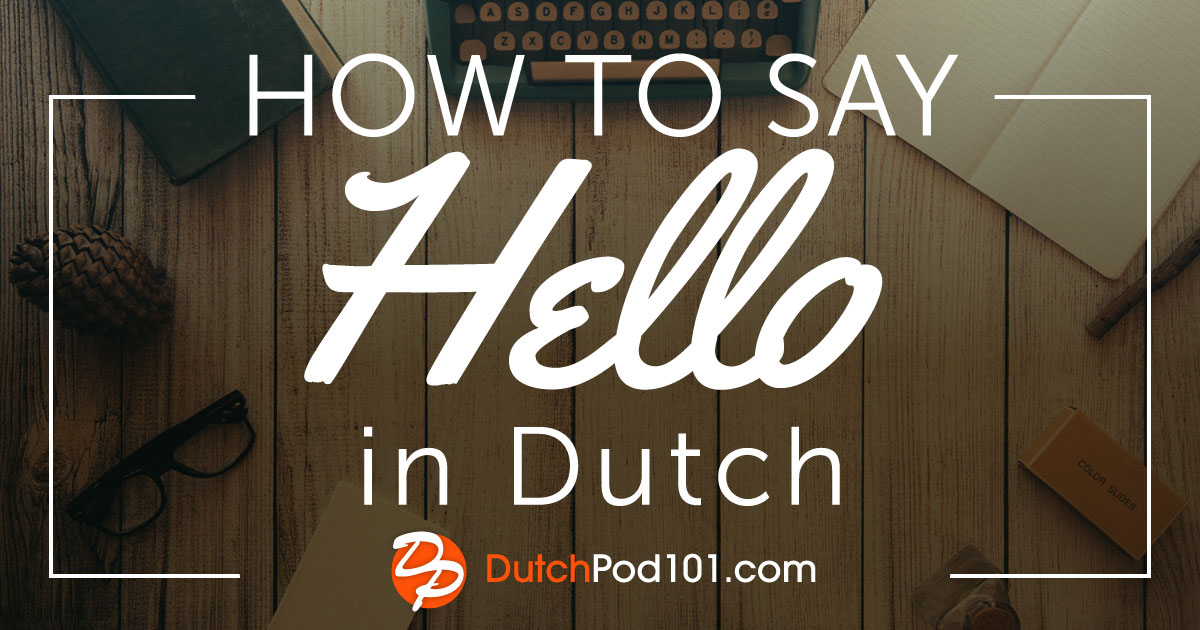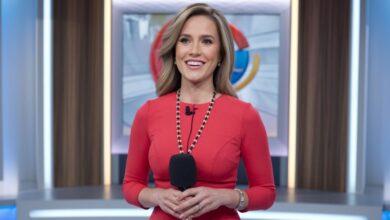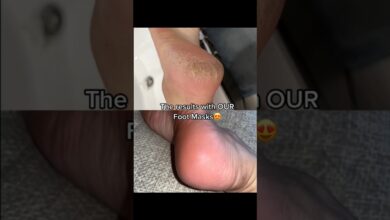How do you say hello in Dutch? This question is a common one for travellers and language enthusiasts alike. Understanding the local language can significantly enhance your experience when visiting the Netherlands or interacting with Dutch speakers. Greetings serve as the foundation for effective communication, helping to break the ice and create a friendly atmosphere. In this article, we will explore ten key expressions to help you greet others in Dutch, ensuring you make a positive impression wherever you go. Whether you’re planning a trip, participating in a cultural exchange, or simply curious about the language, mastering these phrases will enrich your conversations and deepen your connections.
How Do You Say Hello in Dutch? Basic Greetings: “Hallo”
The most straightforward way to say hello in Dutch is “Hallo.” This expression is equivalent to the English “hello” and is commonly used in both formal and informal settings. You can use “Hallo” when answering the phone, meeting someone for the first time, or even casually greeting friends. Its simplicity and versatility make it a must-know phrase for anyone learning Dutch.
How Do You Say Hello in Dutch? A Friendly Approach: “Hoi”
Another popular greeting in Dutch is “Hoi.” This informal expression is akin to saying “hi” in English. It’s typically used among friends, family, or peers and conveys a friendly and relaxed vibe. When you meet someone casually or want to engage in a laid-back conversation, “Hoi” is the perfect choice.
How Do You Say Hello in Dutch? A More Formal Greeting: “Goedemorgen”
If you’re greeting someone in the morning, “Goedemorgen” is the appropriate expression, meaning “good morning.” This phrase demonstrates politeness and respect, making it ideal for professional settings or formal interactions. Using “Goedemorgen” can help you establish a good rapport, especially if you’re meeting someone for the first time.
How Do You Say Hello in Dutch? Midday Greetings: “Goedemiddag”
As the day progresses, you can switch to “Goedemiddag,” which translates to “good afternoon.” This expression is used from around noon until the early evening. Just like “Goedemorgen,” “Goedemiddag” is a courteous way to greet someone, particularly in business or formal contexts. It shows your awareness of the time of day and contributes to effective communication.
Evening Greetings: “Goedenavond”
When the sun sets, it’s time to say “Goedenavond,” meaning “good evening.” This phrase is appropriate for any encounter after 5 or 6 PM and can be used in both formal and informal situations. Using “Goedenavond” shows your attentiveness to the time of day and can help set a respectful tone for your conversation.
A Warm Farewell: “Tot ziens”
While it’s essential to know how to greet someone, it’s equally important to know how to say goodbye. “Tot ziens” translates to “goodbye” and is commonly used in various contexts. This phrase conveys a sense of warmth and anticipation of seeing the person again. Using “Tot ziens” instead of a more generic farewell can leave a positive impression.
Casual Farewell: “Doei”
For a more informal goodbye, you can use “Doei.” This is similar to saying “bye” in English and is perfect for friends or family. “Doei” carries a friendly tone and is often used in casual conversations. Knowing this phrase can help you connect more casually with Dutch speakers and create a comfortable atmosphere.
Expressing Gratitude: “Dank je wel”
After greeting someone, it’s polite to express gratitude when appropriate. “Dank je wel” means “thank you” in Dutch. While not a greeting, this phrase is crucial for effective communication as it shows appreciation. Whether someone has helped you or provided information, saying “Dank je wel” helps foster positive relationships.
Adding a Touch of Local Flavor: “Hey”
In addition to the more traditional greetings, “Hey” has made its way into Dutch conversations, especially among younger generations. This casual expression adds a contemporary touch to your greetings and can be used among friends or peers. Using “Hey” can help you feel more relatable and engaged in informal settings.
Context Matters: “Wat een verrassing!”
When meeting someone unexpectedly, saying “Wat een verrassing!” translates to “What a surprise!” This phrase can be a fun and expressive way to greet someone you didn’t expect to see. It shows enthusiasm and adds a layer of warmth to your interaction, making the conversation more engaging.
Conclusion
In summary, knowing how do you say hello in Dutch can greatly enhance your interactions and experiences with Dutch speakers. By familiarising yourself with these ten key phrases—from basic greetings like “Hallo” and “How” to more formal expressions like “Goedemorgen” and “Goedenavond”—you can navigate various social settings with confidence. Greetings are more than just words; they reflect respect, friendliness, and a willingness to engage. So, the next time you find yourself in a Dutch-speaking environment, remember these expressions and watch as your conversations flourish, creating lasting connections with those around you.
FAQs
1. How do you say hello in Dutch?
The most common way to say hello in Dutch is “Hallo,” which can be used in both formal and informal situations.
2. Wat does “Goedemorgen” mean?
“Goedemorgen” translates to “good morning” and is used to greet someone in the morning.
3. Can I use “Hoi” in professional settings?
While “Hoi” is informal and friendly, it’s better to use “Hallo” or “Goedemorgen” in professional or formal settings.
4. How do you say goodbye in Dutch?
You can say “Tot ziens,” which means “goodbye,” when parting ways with someone.
5. What should I say to express gratitude in Dutch?
To express gratitude, say “Dank je wel,” which translates to “thank you.” This phrase is vital for polite communication in Dutch.
Also read: Weed Cafe Rotterdam: 10 Powerful Reasons to Make It Your Go-To Spot




